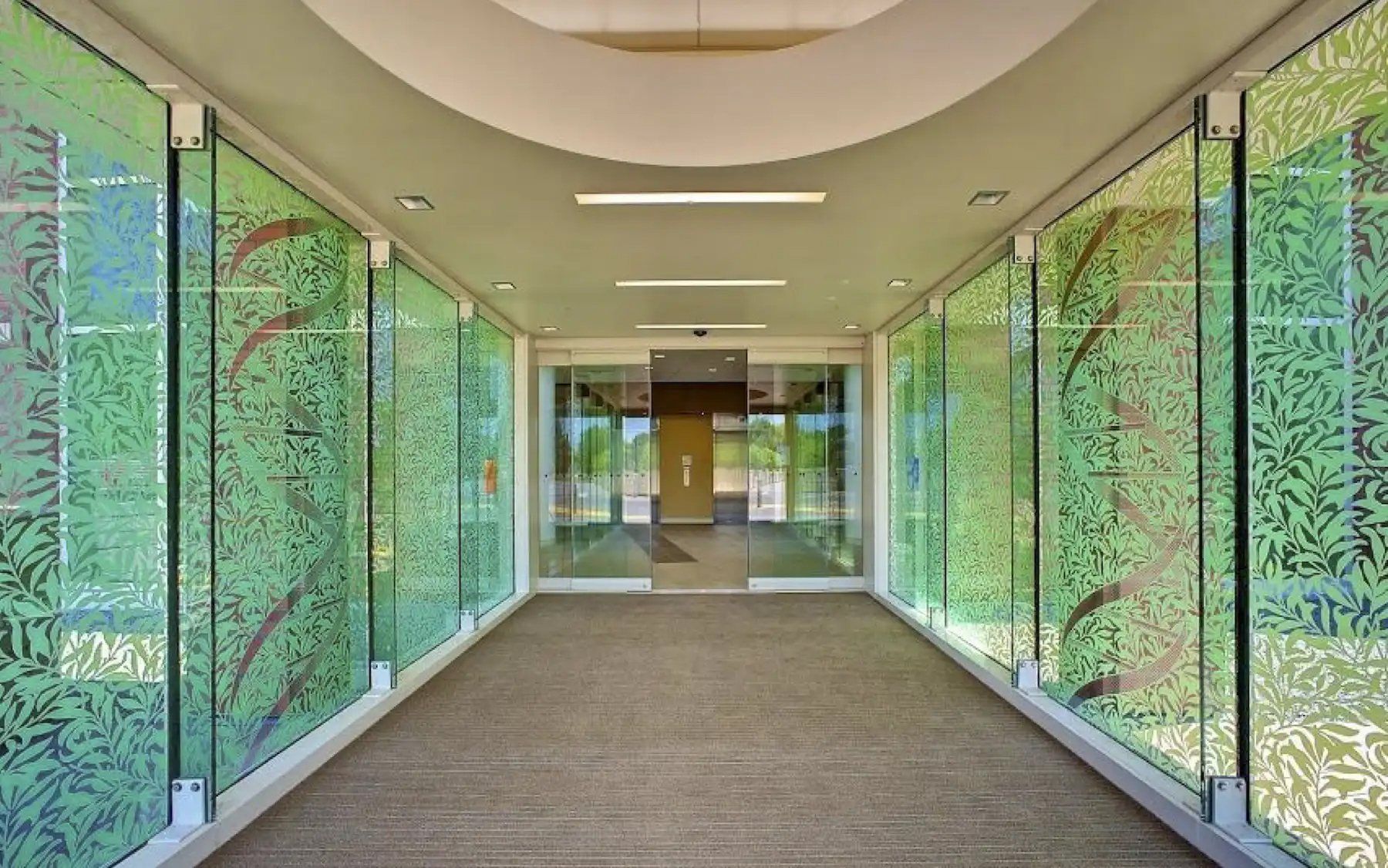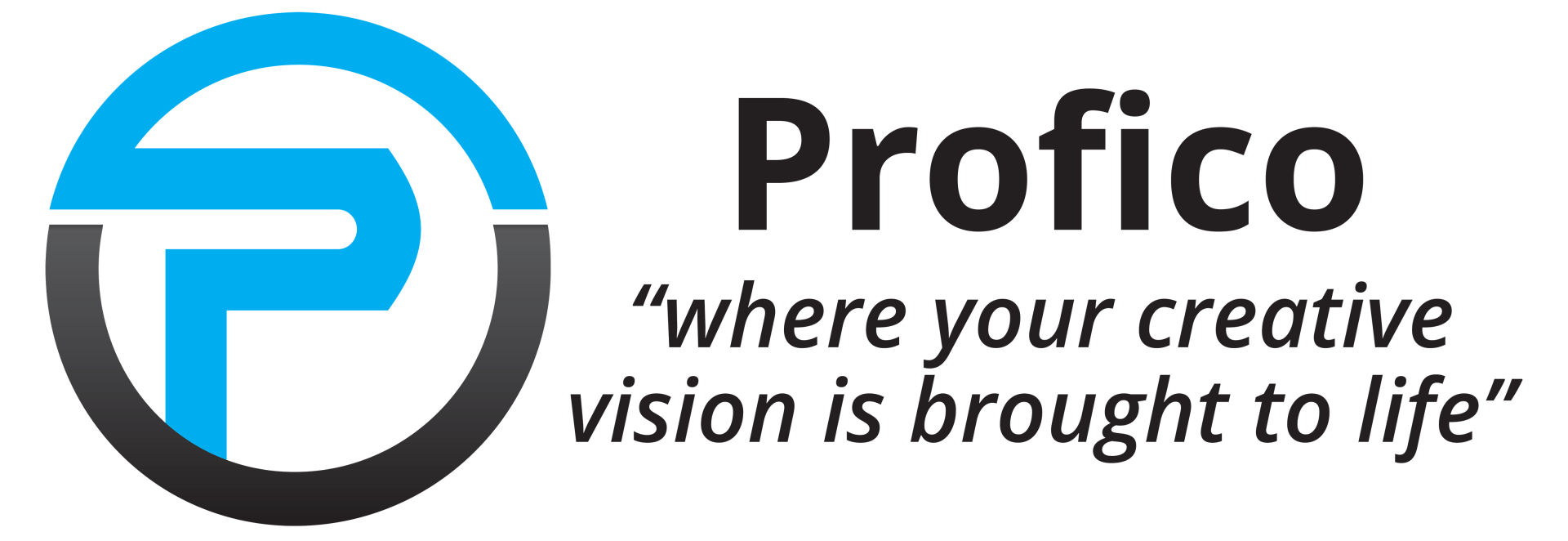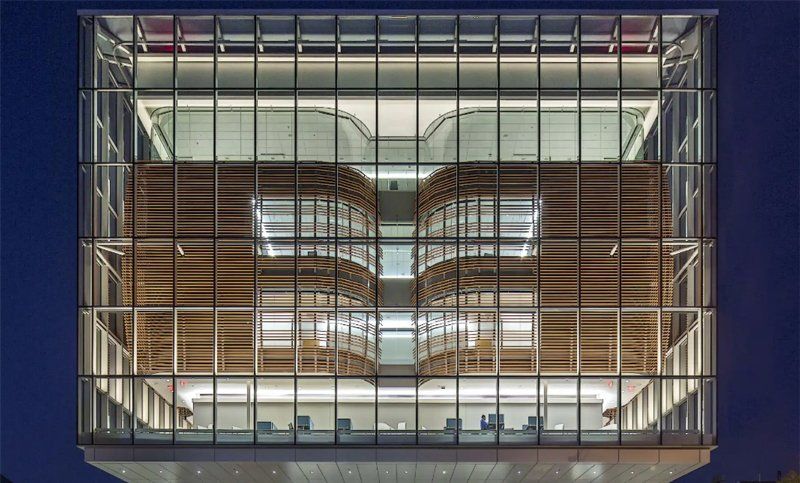A Guide to Realizing Transparent Façades with Solarban® Acuity™
Clear glass is widely used and favored for numerous architectural design purposes, such as vision glass, spandrel glass, storefronts, shops, entryways, entrances and various exterior applications. Its popularity stems from its adaptability and its capacity to function as a base for solar control and low-emissivity (low-E) coatings. Alongside its compatibility with low-E coatings, clear glass, also known as "clear float glass," "conventional clear glass," or "standard clear glass," is cost-effective and often chosen for its neutral color.
Yet, despite its widespread use, design experts understand that clear glass doesn't offer absolute clarity. Even though clear glass appears transparent at first glance, upon closer inspection, there's a noticeable greenish tint, particularly when viewed from certain angles. This tint becomes more apparent with increased thicknesses or when combined with low-emissivity (low-E) coatings. Such nuances can detract from the intended design, particularly when aiming for a facade with exceptional transparency or well-lit interiors with expansive outdoor views.
The greenish glass tint observed in clear glass is attributed to residual iron oxide content retained from the manufacturing process. Design experts are well acquainted with this less-than-desirable characteristic. Nonetheless, recent advancements are tackling this design obstacle, offering solutions that cater to both aesthetic preferences and budget considerations.
Low Iron and High Performance
The selection of the appropriate glass can serve as the focal point of a remarkable design concept. With its reduced iron content, low-iron glass effectively diminishes the green tint often present in clear glass varieties, making it exceptionally suitable for distinctive exterior applications demanding exceptional clarity. As an example, Acuity™ low-iron glass by Vitro Architectural Glass exhibits a 60 percent reduction in green hue compared to standard clear glass.
Furthermore, low-iron glasses serve as optimal surfaces for low-emissivity (low-E) coatings, enhancing clarity while delivering exceptional energy efficiency. This synergy empowers designers to craft transparent and energy-efficient exterior facades, doors and windows that offer panoramic interior views, ample visible light transmission (VLT), and lifelike outdoor vistas.
A standard low-emissivity (low-E), low-iron insulating glass unit (IGU) commonly comprises an outer layer of low-iron glass with a low-E coating applied to its inner surface, paired with an uncoated low-iron glass outer layer. This setup is often chosen for various routine applications, including office complexes, educational institutions, hospitality establishments, residential buildings like condominiums and mixed-use structures, as well as entryways and commercial storefronts. Additionally, low-E, low-iron IGUs offer valuable benefits for unique daylighting initiatives, such as atriums and skylights.
Cost Considerations
The costs associated with fabricated glass play a crucial role in the facade design phase. According to market research, the typical installed cost of a conventional glass and metal curtainwall stands at approximately $90 per square foot on a national scale. Although transitioning from coated clear glass to coated low-iron glass may prompt budgetary apprehensions among certain project stakeholders, recent innovations by glass manufacturers have facilitated the accessibility of transparent, high-performance facades.
For instance, enhancing a low-E-coated clear insulating glass unit to incorporate Solarban® Acuity™ glass by Vitro Architectural Glass usually results in a marginal increase of only $1 to $2 per square foot in the total installed curtainwall cost. This fine-tuning of cost, clarity, and performance empowers design professionals to prioritize low-iron glass as a central element in their facade designs.
Designing commercial buildings frequently involves striking a delicate balance between various factors such as performance versus aesthetics, budget versus quality. Fortunately, in today's landscape, there are options that enable design professionals to sidestep compromises and uphold their initial design intent.











